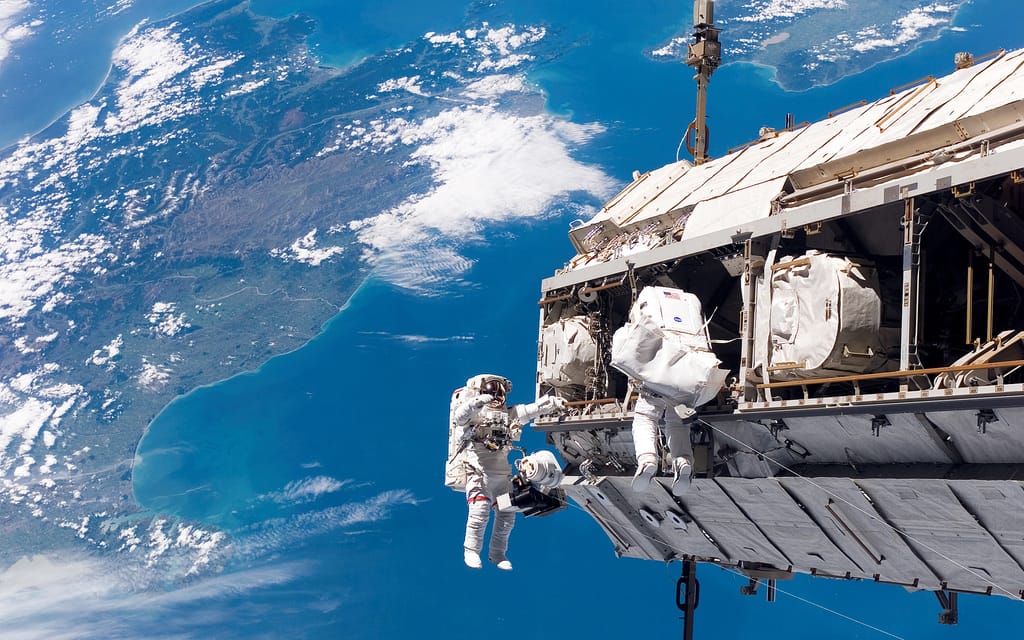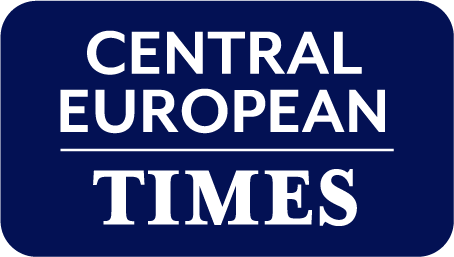
Poland, Hungary return to space for first time in post-Soviet era
Hungary and Poland sent astronauts into orbit for the first time in over 40 years on 25 June as part of Axiom Space’s fourth private mission to the International Space Station (ISS), marking a historic re-entry into human spaceflight for both countries.
The crew includes Polish mission specialist Slawosz Uznanski, a 41-year-old engineer working at the European Space Agency (ESA) and Hungarian astronaut Tibor Kapu, 32, as well as Indian pilot Shubhanshu Shukla and one-time NASA astronaut and mission commander Peggy Whitson. Shukla is a pilot from India’s space agency ISRO and part of the Gaganyaan programme, the country’s first planned crewed mission. Hungary’s research is coordinated under the HUNOR programme and Poland’s under the IGNIS mission.
Uznanski is now Poland’s first astronaut in space since 1978, when Miroslaw Hermaszewski flew under the Soviet Intercosmos programme. Kapu is Hungary’s first since Bertalan Farkas's 1980 mission aboard Soyuz 36 under the same programme. While Hungarian-US software pioneer Charles Simonyi visited space as a tourist in 2007 and 2009, Kapu is Hungary’s first state-sponsored astronaut in over four decades. All three are the first representatives of their countries to visit the ISS.
Kapu and Uznanski were selected through national astronaut recruitment programmes launched in partnership with the ESA in 2022 and 2023. The ESA-supported pathways reflect growing CEE interest in human spaceflight and science missions, amid a broader push by the agency to expand participation from newer member states.
Axiom plans independent space station
The mission forms part of Axiom’s broader strategy to develop a privately operated space station to succeed the ISS. Axiom Space is a US-based aerospace company developing the first commercial modules intended to attach to the ISS before detaching into an independent orbital platform later this decade.
Axiom intends to establish regular commercial access to orbit while helping governments and research institutions carry out experiments. It has signed agreements with NASA and international partners to conduct private astronaut missions and support low Earth orbit research and industrial applications.
Astronauts to conduct over 60 experiments
The Ax-4 mission launched aboard a SpaceX Falcon 9 from Kennedy Space Center, Florida, US, and reached the ISS roughly 28 hours later. The launch was delayed several times due to a liquid oxygen leak in the Falcon 9 booster, a pressure issue in the Russian Zvezda module, and upper-atmosphere weather conditions.
The crew remained in extended pre-flight quarantine for nearly six weeks. Docking occurred on 26 June at 10:31 UTC, with hatches opening at 12:14 UTC. The crew was welcomed aboard by members of Expedition 73.
The 14-day mission includes more than 60 scientific and technical experiments in microgravity. These cover space-adapted diabetes diagnostics, muscle atrophy countermeasures, microalgae bioproduction, cognitive performance under stress and brain-computer interface testing.
Renewed frontier for Poland, Hungary
The Ax-4 mission reflects renewed ambition among Hungary and Poland to engage in human spaceflight, backed by closer coordination with the ESA. India is similarly expanding its cooperation with the ESA and NASA.
The estimated cost of participation for each national astronaut ranges between USD 50mn and 70mn, according to European space sector estimates. The figures cover launch services, training, research logistics, and flight support provided by Axiom Space and SpaceX, under agreements coordinated with NASA and ESA.
Hungary’s HUNOR programme is funded through the national space budget overseen by the Ministry of Foreign Affairs and Trade. Polish participation is backed by the Ministry of Development and Technology, with co-financing from ESA's PRODEX programme for research payload integration. Officials in both countries have justified the expense as a strategic investment in space industry capacity and scientific innovation.
While the full national breakdown has not been published, both governments have confirmed that mission costs were approved through standard inter-ministerial processes. Hungary’s Parliament ratified the budget envelope for HUNOR in late 2023, while Poland included Ax-4 financing in its 2024 innovation and industrial policy outlays.
ESA has positioned the Ax-4 mission as a model for enhanced participation from Central and Eastern Europe, aligning with its long-term goals to deepen talent pipelines and support distributed research capacity across the bloc’s smaller member states.
For Axiom Space, the mission contributes to its strategy of transitioning orbital activity from state-led operations to commercial models, in line with NASA’s plans to retire the ISS later this decade.
“This mission is a historic step for Hungary and an investment in our technological future,” Hungarian Foreign Minister Peter Szijjarto said on 26 June.
